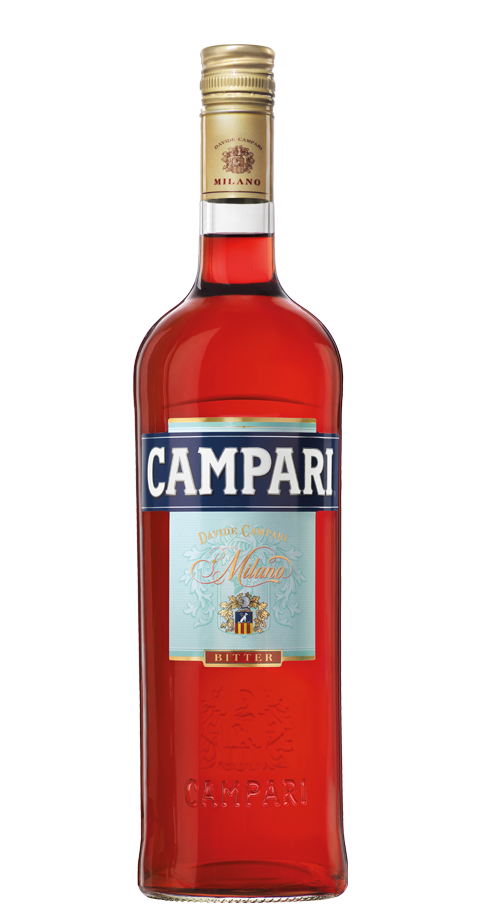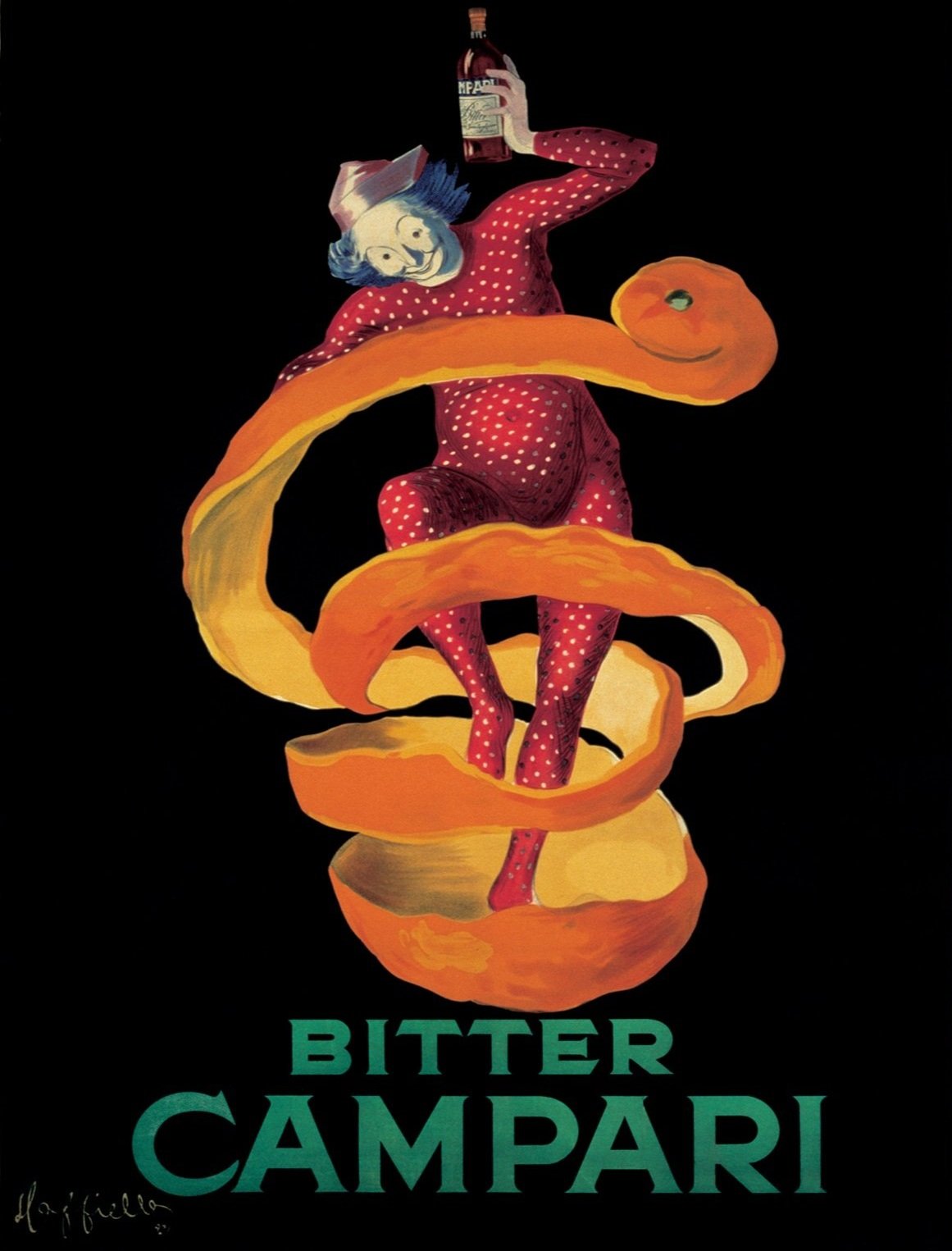Today we begin a journey into the the world’s most popular food — Italian food. We’ll start with the courses one might expect to see on a menu in Italy.
Oh the Places You’ll Eat…
A trattoria dining experience in Rome
First, let’s recognize that there are several types of eating establishments in Italy. In the U.S., ours are not as distinctly recognized. For instance, we subjectively use the words “café” to describe a restaurant of a certain style, as there is not really much of an objective definition. And we use the word “restaurant” to describe almost any place we eat. It’s a bit different in Italia.
Here are some of the types of eating establishments in Italy:
Bar or Caffé — These are open for breakfast, lunch, afternoon snacks and dinner. You will have the opportunity to order coffee (caffé), soft drinks (analcolico), wine (vino), and cocktails (cocktail or apertivo). So, let’s not think of an Italian stand-alone “bar” as we usually do in the US, where it is typically just a place for beer, wine and cocktails. An Italian bar is where you go in the morning to get your coffee, say good morning (buon giorno) to neighbors and sit to sip and read a newspaper (giornale)…ahem, or look at your phone (telefonino), I guess.
Osteria — A bit more formal than a bar. Often family owned serving simple wines and a limited food menu of pasta and a couple of meat dishes. The menu may be printed, on a blackboard, or recited by the server. Your wine glass may be filled from a spigot.
Trattoria — Generally much less formal than a ristorante, but more formal than an osteria. Think of a trattoria as a diner or café. Expect casual, modest, low priced, wine by the decanter, and regional foods.
Ristorante — We are now getting into more of a fine-dining category. Expect a tablecloth, extensive menus, upscale waitstaff, and finer wines. Oh, and don’t forget that you’ll be paying more.
Pizzeria — As it sounds, it’s an Italian pizza joint. Hopefully, you will find a wood-fired oven. We like an inexpensive Chianti with our pizza…no need for an expensive bottle of wine here.
Paninoteca — If you want a quick bite for lunch, the sandwich shops of Italy are excellent. Great bread? Yep. Great meats and cheeses? Yep. Expensive? Nope. Maybe accompanied by a Coca-Cola Lite (aka Diet Coke).
Gelateria — Man oh man…do we love a good gelato…and Italy has the best…obviously. Expect flavors that you will not get in American ice cream selections. Exotic berries, hard-to-find nuts, yum. Not open for breakfast, but do expect them to be open late into the evening.
So, those are the places you will eat. Now, what’s on the menu?
What’s on the Menu?
In the U.S. we usually see appetizers, soups & salads, entrées, and desserts. We expect to have access to a pre-dinner cocktail, and wine or beer during dinner. Coffee? Sure, either with or without dessert.
Understand that the Italian menu may not display each of the words below, but they are there in the minds of the Italians as they go about dining. For example, does the U.S. dinner menu at your favorite restaurant with a bar even mention that cocktails are available? Probably not, though there may be a separate, special drink menu available. Yet, you know that the predinner cocktails are available, and that the bartender will know how to make what you want. So, here are the typical ‘courses’ you might expect, either on a menu or just in the head of the Italian diner.
The apertivo (plural is apertivi, and please note that it’s not an appetizer, but a drink), antipasto (plural is antipasti), primo (plural is primi, which is usually what will be on a menu), secondo (plural is secondi, which is usually what will be on the menu), contorno (plural contorni), and dolci (the singular of dolco or ‘sweet’, is not generally used).
Today’s article will focus on just the apertivo. You’ll have to wait in sweet anticipation for the dolci!
Apertivo (pl Apertivi)
In Italy, let’s start with an apertivo, or predinner drink. When you think of a predinner drink, you probably think of ‘cocktail’, and you may be envisioning a Whiskey Sour, Martini, Cosmopolitan, Gin & Tonic, Margarita, or one of hundreds of other mixed drinks. The traditional pre-meal apertivi are a bit simpler, with long histories, and with ingredients made with herbs — giving the apertivi a bit of a bitter flavor when imbibed on its own. So, on their own, they are not high in alcohol. Some are sipped, and others are mixed with simple accompaniments.
And, please note that I am not promoting the use of alcohol, but reporting on what those Italians are reportedly doing.
Here are a few apertivi that you will find during your Italian journeys and dining.
CYNAR
How about a Cynar? Made from 13 herbs and plants, predominant among which is the artichoke (What, you say?! Yes! I say — artichoke!), from which the drink derives its name in Latin. It’s dark brown, and reportedly has a bittersweet flavor.
Here’s how an Italian might drink it (From Difford’s Guide)
2 oz Cynar
1 oz Sweet Vermouth
Juice of squeezed lemon wedge
3 dashes Orange Bitters
Lemon peel twist
They are so proud of the artichoke that there is one on the label of the bottle.
CAMPARI
There is no more beautiful Italian drink than a Campari and soda with lime. Brilliant red and sparkling. Go ahead and take a taste. Wow, did your lips stick to your teeth?
Campari is a dry, bitter, beautifully bright red liquor that was invented at the same time Italy became a country, about 85 years after the United States did. Before traveling to Italy, I might take a small sip of Campari now and then “to build up an immunity” to it’s bitter taste. It is usually used as an ingredient of the Negroni cocktail (gin and vermouth with Campari). But even in a cocktail, you won’t forget that you’re drinking a unique apertivo. Campari’s less bitter cousin is Aperol, which is next.
APEROL
A spritz made with Aperol, anyone? Yes, please. One of Italy’s go-to summer drinks…and it’s become popular at our house because of it’s low alcohol content. Oranges are in Aperol’s preparation, though you will also find gentian, rhubarb, and cinchona, among its ingredients. Take a bit of prosecco, add some white wine and Aperol, and now you have a refreshing Aperol spritz!
A spritz was primarily an Austrian and northern Italian drink (Veneto, Friuli and the Trentino-Alto Adige), but it has migrated to all of Italy and now, the world. The term ‘spritz’ came from the Austrian "Gespritzter" (think of a spritzer that spritzes water on your plants). You may remember that prior to Italy becoming Italy, they had a strong affiliation with Austria. To stay alert whilst imbibing, Austrian soldiers would ask for a spritz of water in their wine to dilute its effects. Thus ends our history lesson for today.
GALLIANO
Galliano is a key ingredient to a Harvey Wallbanger, which is pretty much unheard of since the 70s. You’ll notice a hint of anise, along with several other ingredients.
The Harvey Wallbanger of the 70s is made with Vodka, orange juice and Galliano. Here’s the recipe.
I have no idea how an Italian might partake Galliano as an apertivo. If you are an Italian, please weigh in on this.
VERMOUTH
For you martini fans, you’ll be familiar with Vermouth.
I’m told that a very-dry martini is made by pouring gin into a glass whilst looking at the Vermouth bottle.
You need to know that Vermouth was invented right there in Italy in 1786 in Turin.
Before purchasing a Vermouth, you must decide between a sweet Vermouth, or a dry Vermouth (a less-sweet version).
Wine as an Apertivo
Of course you can have a glass of wine as an apertivo. Whether it is vino rosso (red wine), vino bianco (white wine), or the more modern vino rosato (rose wine), you will enjoy most any wine that you are served in Italy. We have had a glass of wine served from a spigot in a simple osteria, a carafe at trattorie, and from the bottle at many other dining places.
You want proof that one can enjoy a glass of wine as an apertivo? Here we are on the island of Isola dei Pescatori on Lake Maggiore. We are dining at Ristorante Verbano, and we are happy. It’s not necessarily because of the wine, but we are definitely happy. We find ourselves that way most of the time whilst we are in Italy. Go figure.
Here’s the thing…and that thing is that in Italy, they take great pride in their wine (amongst other things), and a proprietor will refuse to serve you an inferior wine *. So, other than that one experience where we were forewarned, wine in Italy has been exceptional, wherever we may have been dining.
*Except at one place in Venice…actually one of the premier Venetian ristorante…but the manager did say that we were probably not going to like it…and we didn’t…and after taking a few sips, Leslie said, “Non, we are not drinking this wine”, and the rest of us said, “Thank goodness someone said something!”…and as promised, the manager replaced that bottle of wine with a very pleasant one. The moral of the story: when in Italy, don’t panic…someone will take care of you, as promised.
Bottom line: a glass of wine in Italy makes a great apertivo to start your dining experience!
So, our appetite has been wetted whetted with an apertivo. Let’s get a bite to eat. Next time, we look at the Antipasto. Meanwhile, I may have a sip of Campari, just to build up an immunity for the next time we find ourselves in wonderful Italy.
Once again I say…
Ciao for now,
Steve











